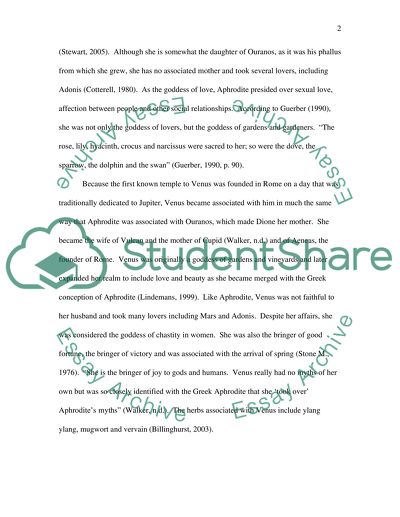Cite this document
(“Venus/Aphrodite Essay Example | Topics and Well Written Essays - 2500 words”, n.d.)
Venus/Aphrodite Essay Example | Topics and Well Written Essays - 2500 words. Retrieved from https://studentshare.org/miscellaneous/1536831-venusaphrodite
Venus/Aphrodite Essay Example | Topics and Well Written Essays - 2500 words. Retrieved from https://studentshare.org/miscellaneous/1536831-venusaphrodite
(Venus/Aphrodite Essay Example | Topics and Well Written Essays - 2500 Words)
Venus/Aphrodite Essay Example | Topics and Well Written Essays - 2500 Words. https://studentshare.org/miscellaneous/1536831-venusaphrodite.
Venus/Aphrodite Essay Example | Topics and Well Written Essays - 2500 Words. https://studentshare.org/miscellaneous/1536831-venusaphrodite.
“Venus/Aphrodite Essay Example | Topics and Well Written Essays - 2500 Words”, n.d. https://studentshare.org/miscellaneous/1536831-venusaphrodite.


